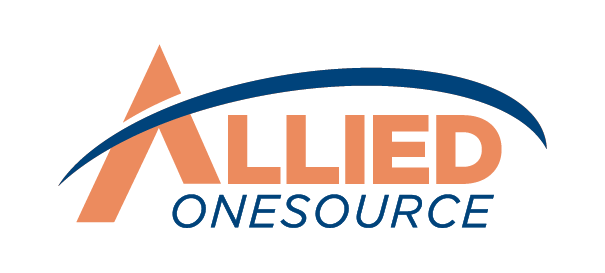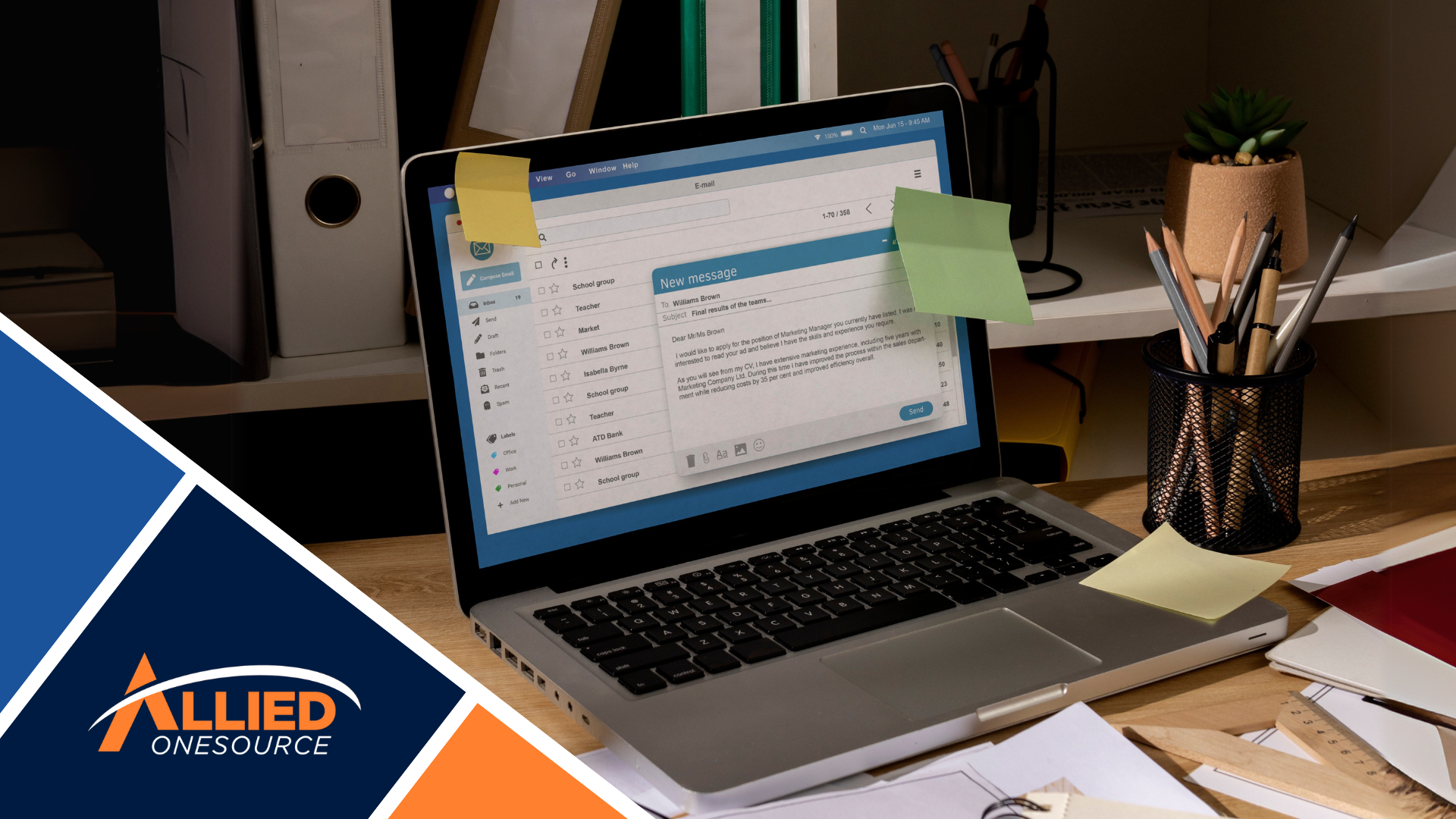Crucial Call Center Stats for Year-End Impact: Elevate Customer Satisfaction and Performance
The end of the year is the perfect time for your call center to assess performance and strategize for a strong finish. Reviewing key statistics provides a window into how well your team is meeting customer expectations and where improvements can be made.
These metrics aren’t just numbers—they're indicators of your team’s efficiency and the overall customer experience. In analyzing these crucial stats, you’ll be equipped to fine-tune operations, ensure a successful year-end, and set a solid foundation for the year ahead. Let’s explore some vital statistics to consider as you plan for year-end success.
Call Center Performance Metrics: What You Need to Know
One essential part of reporting is assessing your call center's performance. This helps you identify areas for improvement. Here are some important call center metrics and statistics to look at:
Customer Satisfaction Score (CSAT)
CSAT is one of the most common metrics used to measure how satisfied customers are with their service experience. In fact, CSAT is one of the top three metrics to measure and improve customer experience.1
The simplicity of the 1-5 rating scale makes it quick and convenient for customers, especially since many people tend to avoid lengthy surveys. Moreover, CSATs helps to spot trends and potential issues before they escalate.
Improvement Insights
Act on the feedback you receive to get the most out of your customer satisfaction score scores. Regularly review high and low ratings to identify trends and specific areas where your team excels or needs improvement.
Consider technologies like AI and chatbots to handle routine inquiries, freeing up your agents to focus on more complex problems that require a personal touch. Implement changes based on this feedback and communicate these improvements to your team to boost productivity and drive enhancement in customer service.
Read More: From Gaps to Growth: Bridging Client Support Demands
First Call Resolution (FCR)
Top call centers aim for an FCR rate of 74 percent or higher.¹ FCR measures how often customer issues are solved during the first call without needing another follow-up. Higher FCR rates usually mean increased customer satisfaction and lower costs for the company. When a customer’s issue is fixed quickly, they’re more likely to have a positive impression of the company.
Improvement Insights
Empower your agents by establishing clear guidelines on their decision-making authority. This way, they can have the autonomy to resolve common issues such as waiving small fees or handling subscription cancellations without needing escalation to a higher-up.
Additionally, invest in comprehensive training and troubleshooting resources to equip your team with the knowledge and confidence to solve problems on the first contact.
For example, if customers frequently call about a software glitch, create a step-by-step guide for agents to resolve it promptly during the first call. Provide your agents with detailed troubleshooting guides and extra training on this issue.
Read More: Cultivating Perseverance as a Key Leadership Skill
Average Handle Time (AHT)
AHT measures how long it takes for an agent to resolve a customer inquiry from start to finish. The industry's AHT is just over 6 minutes, about 6 minutes and 10 seconds, to be exact.¹ Long handle times might indicate inefficiencies, while too short calls could suggest rushed interactions that leave customers unsatisfied.
Improvement Insights
Keep an eye on how long calls take and how well they are handled to get the right balance in AHT. It’s important to stay within industry standards, but focusing only on making calls shorter can compromise service quality. Use average time data along with customer satisfaction scores to make sure agents are handling calls efficiently without rushing.
If your average handle time is higher than the average, analyze the reasons—are agents spending too much time on certain issues? On the other hand, if AHT is too low, check if agents are cutting corners or missing important details. Balancing efficiency with quality will help you maintain high customer satisfaction while optimizing your contact center operations.
Occupancy Rate
The occupancy rate shows how much of an agent's time is spent handling calls compared to the total time they are available to work. The ideal occupancy rate for a call center is between 80 percent and 85 percent.¹ A high occupancy rate indicates that agents are busy but could also suggest overwork, while a low rate may point to underutilization.
Improvement Insights
To maintain an ideal occupancy rate, aim for a balance between high productivity and avoiding agent burnout. If your occupancy rate is too high, consider adding more staff or redistributing tasks to prevent overworking your agents. If it’s too low, consider increasing call volume or improving scheduling to better use available agents.
Average Speed of Answer (ASA)
ASA measures the average time it takes for an agent to answer a customer call. The target for average speed of answer is usually about 28 seconds or less.1 This is crucial for customer experience as long wait times can frustrate customers and lead to higher abandonment rates.
Improvement Insights
To maintain an ASA of 28 seconds or less, analyze peak hours and ensure you have enough agents available during those busy periods. Implement tools like automated call distribution to manage call flow and reduce waiting calls.
Call Abandonment Rate
The call abandonment rate shows how many customers hang up before speaking to someone. High rates can mean long waits or poor call routing, which can upset customers. Keeping this rate under 5 percent is a good goal. If it’s higher, you should look at ways to speed up response times or improve your call-handling process.
Improvement Insights
Suppose your call abandonment rate spikes in the evenings. This might be because there aren't enough agents available during those hours. To address this, you could adjust your schedule to have more agents working during peak evening times.
If you find that calls are being routed inefficiently, you might invest in a more advanced call routing system that better matches customers with the right agents faster. These changes can keep customers from hanging up before they get the help they need.
Schedule Adherence
This measures how closely agents follow their assigned schedules, including their shift start and end times, break times, and lunch breaks. High adherence rates are crucial for maintaining adequate staffing levels and ensuring that service levels are met.
The recommended schedule adherence rate is 85 percent or higher.¹ While there's no strict rule, this is a good target for most call centers. How you measure adherence might vary based on your team's needs and how your center operates.
Improvement Insights
If agents consistently start their shifts on time and take breaks as planned, it helps maintain steady staffing levels and keeps service quality high. But if a few agents frequently deviate from their schedules, such as taking longer breaks or leaving early, it can still affect overall performance.
To address this, you could review adherence data, provide additional training, or set up a system for tracking and managing breaks.
Improve your customer satisfaction by partnering with Allied OneSource
Our staffing solutions are designed to connect you with skilled professionals who can elevate your customer service. With the right talent on your team, you can enhance every customer interaction, improve satisfaction, and achieve better outcomes.
Reach out to Allied OneSource today to find out how we can help you build a top-performing team that meets your customer service goals.
Reference
1. Hawley, Michelle, and Shane O'Neill. "16 Important Call Center Statistics to Know About." CMSWire, 3 Apr. 2024, https://www.cmswire.com/contact-center/16-important-call-center-statistics-to-know-about/.










